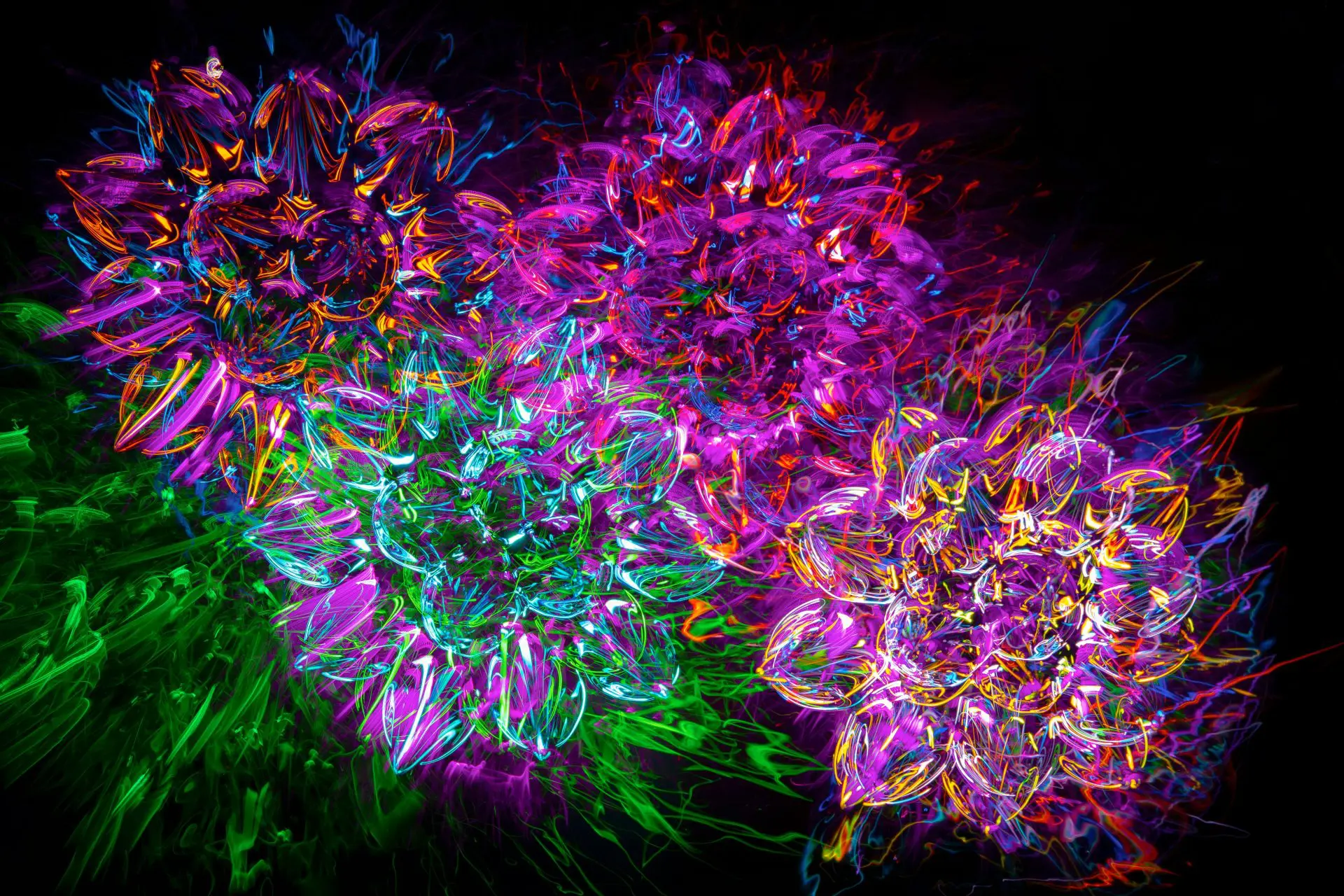Understanding Archetypes: A Beginner’s Guide

Looking for more amazing products? Check out our online store and explore our collection here! Happy shopping!
Before diving in, please note: This post is for informational purposes only. If you’d like to know more about how we approach topics, feel free to check out our friendly Disclaimer Page.
Hey there, amazing readers! 
We’re committed to delivering quality posts, and your support (even just sticking around despite the ads) means everything to us. So, bear with us, and thanks for helping us keep the good vibes rolling. Now, on to the fun stuff!
TRANSLATE BUTTON AT THE END OF THE ARTICLE
A Quick Overview
Archetypes are universal symbols or patterns that appear in literature, art, mythology, and psychology.
Understanding archetypes can provide insight into human behavior, motivations, and emotions.
These archetypes have been present throughout history, shaping narratives and characters in various forms of storytelling.
By delving into the world of archetypes, we can uncover hidden meanings, explore the depths of the human psyche, and gain a deeper understanding of ourselves and the world around us.
What are Archetypes?
Archetypes are recurring symbols, characters, or themes that are found across different cultures and time periods.
These universal patterns tap into our collective unconscious and resonate with us on a fundamental level.
Archetypes can be found in myths, fairy tales, legends, and literature, representing fundamental human experiences and emotions.
They serve as blueprints that shape our perceptions, beliefs, and desires.
By recognizing archetypes, we can better understand the underlying patterns that drive human behavior and shape our identities.
History of Archetypes
The concept of archetypes dates back to ancient civilizations, where symbols and mythological figures played a significant role in cultural and religious practices.
In the early 20th century, Swiss psychiatrist Carl Jung introduced the idea of archetypes as fundamental elements of the human psyche.
Jung believed that these archetypes were inherited and shared by all individuals, forming the basis of our collective unconscious.
Since then, archetypes have become a central theme in psychology, literature, and popular culture, shaping the way we interpret stories and understand ourselves.
Carl Jung’s Contribution
Carl Jung’s work on archetypes revolutionized the field of psychology, introducing the concept of the collective unconscious and the importance of universal symbols in human experience.
Jung identified various archetypes, such as the Shadow, the Anima/Animus, the Hero, and the Mentor, each representing different aspects of the human psyche.
Jung believed that by exploring these archetypes, individuals could gain insight into their own motivations, fears, and desires.
His theories have had a profound influence on psychology, literature, and art, shaping our understanding of the human experience.
Types of Archetypes
There are several types of archetypes that appear in myths, stories, and dreams, each representing different aspects of the human experience.
Some common archetypes include:
The Hero: Represents courage, strength, and the journey towards self-discovery.
The Mentor: Guides and supports the hero on their quest, offering wisdom and guidance.
The Shadow: Represents the darker aspects of the psyche, including repressed desires and fears.
The Trickster: Challenges social norms and conventions, often bringing chaos and disruption.
These archetypes can manifest in various forms and play different roles in storytelling, reflecting the complexities of human nature and the struggles we face in our lives.
The Shadow Archetype
The Shadow archetype represents the darker, unconscious side of our personality that we often try to suppress or ignore.
It embodies our repressed desires, fears, and impulses, manifesting in destructive behavior or self-sabotage.
By confronting and integrating the Shadow, we can achieve a greater sense of wholeness and self-awareness.
Embracing our Shadow can lead to personal growth and transformation, allowing us to confront our inner demons and overcome our deepest fears.
The Anima/Animus Archetype
The Anima/Animus archetype represents the feminine or masculine aspects of our psyche, regardless of gender.
The Anima embodies feminine qualities such as creativity, intuition, and nurturing, while the Animus embodies masculine traits like logic, ambition, and assertiveness.
By embracing and integrating these archetypes, we can achieve a balance of masculine and feminine energies within ourselves, leading to greater self-acceptance and emotional intelligence.
The Anima/Animus archetype plays a crucial role in shaping our relationships and our sense of identity.
The Hero Archetype
The Hero archetype represents the journey of self-discovery, transformation, and overcoming adversity.
Heroes are often called to action, facing challenges and obstacles in their quest for personal growth and enlightenment.
The Hero’s journey follows a pattern of departure, initiation, and return, symbolizing the trials and tribulations we face in our own lives.
By identifying with the Hero archetype, we can find inspiration and courage to confront our fears, pursue our dreams, and become the best versions of ourselves.
The Mentor Archetype
The Mentor archetype represents wisdom, guidance, and support on the hero’s journey.
Mentors are often older, wiser characters who provide advice, training, and encouragement to the hero as they face challenges and obstacles.
The Mentor serves as a source of inspiration and knowledge, helping the hero navigate their journey and discover their true potential.
By embodying the Mentor archetype in our own lives, we can mentor others, share our wisdom, and make a positive impact on those around us.
The Trickster Archetype
The Trickster archetype embodies mischief, chaos, and unpredictability.
Tricksters challenge social norms and conventions, often using humor and wit to disrupt the status quo.
While the Trickster can be seen as a troublemaker, they also serve an important role in questioning authority, breaking down barriers, and promoting change.
By embracing the Trickster archetype, we can learn to think outside the box, challenge our assumptions, and embrace the unexpected in our lives.
Utilizing Archetypes in Literature
Authors, filmmakers, and storytellers often use archetypes to create compelling characters and narratives that resonate with audiences.
By incorporating archetypal themes and symbols in their work, creators can tap into universal emotions and experiences that speak to the human condition.
Archetypes add depth and complexity to characters, helping readers and viewers connect with the story on a deeper level.
By analyzing archetypes in literature, we can uncover hidden meanings, themes, and motifs that enrich our understanding of the text and the world around us.
Understanding Archetypes in Psychology
In psychology, archetypes are seen as fundamental elements of the human psyche that shape our thoughts, emotions, and behaviors.
Archetypes can manifest in dreams, fantasies, and myths, providing insights into our deepest desires, fears, and motivations.
By exploring archetypes in therapy, individuals can gain a greater understanding of their own inner workings and develop a more profound sense of self-awareness.
Archetypal psychology emphasizes the importance of recognizing and integrating these universal symbols to achieve personal growth and transformation.
Applying Archetypes in Everyday Life
While archetypes are often associated with literature and psychology, they also play a significant role in our everyday lives.
By recognizing and understanding archetypes, we can gain insight into our own motivations, relationships, and behaviors.
Archetypes can help us identify patterns in our thoughts and actions, uncovering hidden beliefs and desires that shape our decisions.
By applying archetypes to our daily interactions and experiences, we can cultivate self-awareness, empathy, and personal growth.
Archetypes provide a framework for understanding ourselves and others, allowing us to navigate life’s challenges with greater insight and clarity.
Conclusion
In conclusion, archetypes are powerful symbols that shape our understanding of the world and ourselves.
By exploring the various archetypes that appear in literature, psychology, and everyday life, we can gain a deeper insight into the human experience.
Archetypes offer a lens through which we can examine our thoughts, emotions, and behaviors, uncovering hidden patterns and motivations that drive our actions.
By embracing archetypes, we can embark on a journey of self-discovery, personal growth, and transformation, gaining a greater understanding of who we are and our place in the world.
Understanding archetypes is not only a fascinating exploration of human nature but also a valuable tool for personal development and self-reflection.

The Enlightenment Journey is a remarkable collection of writings authored by a distinguished group of experts in the fields of spirituality, new age, and esoteric knowledge.
This anthology features a diverse assembly of well-experienced authors who bring their profound insights and credible perspectives to the forefront.
Each contributor possesses a wealth of knowledge and wisdom, making them authorities in their respective domains.
Together, they offer readers a transformative journey into the realms of spiritual growth, self-discovery, and esoteric enlightenment.
The Enlightenment Journey is a testament to the collective expertise of these luminaries, providing readers with a rich tapestry of ideas and information to illuminate their spiritual path.
Our Diverse Expertise
While our primary focus is on spirituality and esotericism, we are equally passionate about exploring a wide range of other topics and niches 

To ensure we provide the most accurate and valuable insights, we collaborate with trusted experts in their respective domains 
Our blog originally focused on spirituality and metaphysics, but we’ve since expanded to cover a wide range of niches. Don’t worry—we continue to publish a lot of articles on spirituality! Frequently visit our blog to explore our diverse content and stay tuned for more insightful reads.
Hey there, amazing reader! 
Check out our store here and take a peek at some of our featured products below! Thanks for being awesome!











